This line as yet has no official name (except ‘Zaitsev line with 8 Bc4’); it is generally referred to as simply ‘The Hack Line’, or for reasons which are rather obscure, the The Nescafé® Frappé Attack or NFA for short.
Graham Burgess, Attacking the Benko: The Nescafé® Frappé Attack (Chess Enterprises 1990), p.5
What ever became of Sultan Khan? What was James Mason’s real name? Who murdered Alekhine? Did those spectators really shower Marshall’s board with gold coins? What is the purpose of FIDE?
Of all the great unsolved mysteries of chess, the whimsical name of this opening variation has arguably proved the most baffling. It’s a conundrum that has perplexed chess theoreticians and historians for decades.
Now we can exclusively unravel it.
It began with this game from Kingpin 11 (Spring 1987):
The winner of this messy espresso hack was crowned ‘King of the Coffee House’.
A few months later Cambridge student Graham Burgess played the Benko-loving barista and decaffeinated him in style. Warming to the brewing theme, Burgess branded his special blend in Kingpin 13 (Spring 1988):
G.K. Burgess – D.J. Tebb
Downing College Pooh Sticks Society – Hoylake, 1987
Kenco Gambit, The Nescafé Frappé Attack
Notes by Graham Burgess
1 d4 Nf6 2 c4 c5 3 d5 b5 4 cxb5 a6 5 Nc3
Psychologically, the refutation of the gambit – it’s now White who’s playing unsound nonsense in the hope that Black falls for some major cheapoes.
5…axb5 6 e4 b4 7 Nb5 d6 8 Bc4!?
8…g6?!!
9 e5!
Good or bad, this just has to be tried! In his book on the Benko, Gufeld either overlooks this or considers it too ridiculous to mention…
9…dxe5 10 d6
10…exd6
Labarthe-Baudry, Clichy Open 1986/7, the ‘game that started it all’, screams out for at least ten Oscars: 10… Na6 11 Qb3 e6?! 12 Bg5 Bg7 13 Nf3 h6 14 d7+
Bxd7 15 Nd6+ Ke7 16 Nxf7! Kxf7 17 Nxe5+ Ke8 18 Qd3! Kf8 19 Bxf6 Bxf6 20 Nxd7+ Ke7 21 O-O-O Bd4 22 Nxc5! Bxc5 23 Qxg6 Qg8 24 Qe4 Qc8 25 Rhe1 Nc7 26 Qe5 Nd5 27 Qxd5 1-0.
11 Bg5
11…Na6?
Natural, but leaving Black’s whole position en prise. Alternatives:
a) 11…Bb7!? 12 Qb3 d5 13 Rd1 or 12 Bd5!?
b) 11… Be7 12 Bxf6 Bxf6 13 Qd5 Be6 14 Nxd6+
c) 11… Ra5 12 Nf3! (threatening Nxe5) 12…Rxb5 (12…Bxg4? 13 Bxf7+) 13 Bxb5+ Bd7 14 Bc4 (threatening a3).
12 Qf3 Bf5 13 Qb7!
13…Be7
The last time I had this position Black tried 13…d5, which is probably best and in the spirit of the Benko – Black has ‘nebulous compensation for the rook’.
14 Bxf6 Be4 15 Qxe4 Bxf6 16 Nxd6+
The years have not been kind to the NFA and the current verdict is ‘flat white’. Nowadays only Simon Williams and a few maverick cavemen seem to like the taste. Still, it’s well worth a punt, a pint and a pun in blitz/rapid games, as some strong players know to their cost:

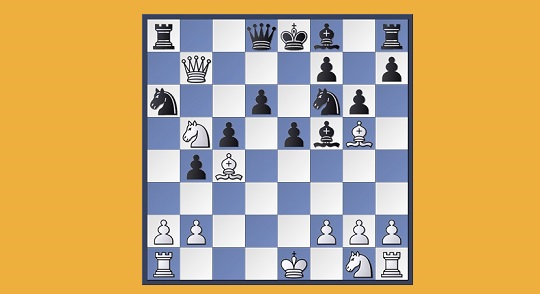
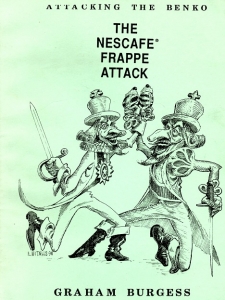
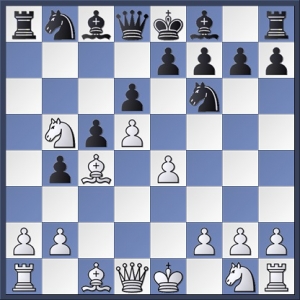
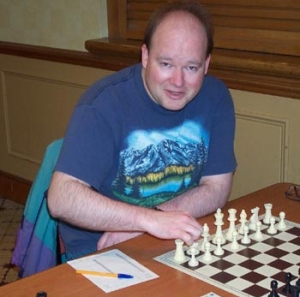
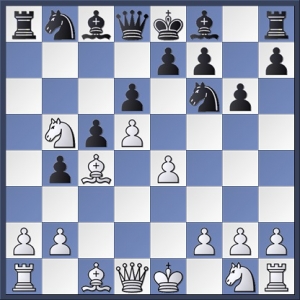
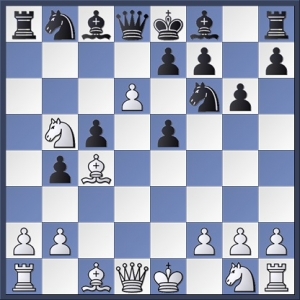
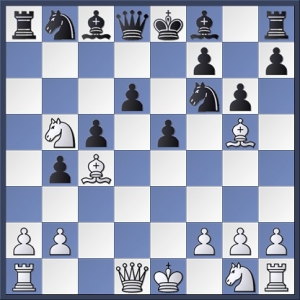
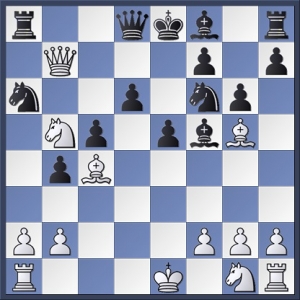
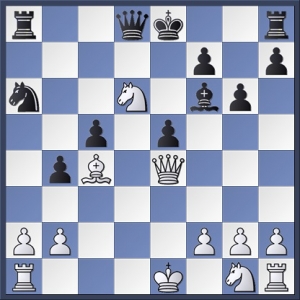






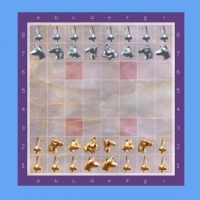

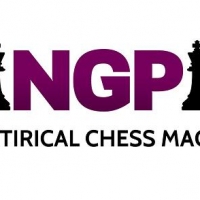
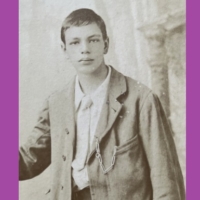
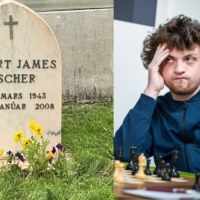

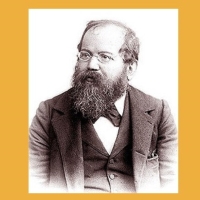
In game Burgess-Tebb 13.- Qb7?!; better 13.- Bf6 with menace Queen in d8 Rooks in a8 and h8, WIN!!
13 Bxf6 is not as strong as Qb7 because Black has 13…e4.
“What is the purpose of FIDE?”
heh that was funny